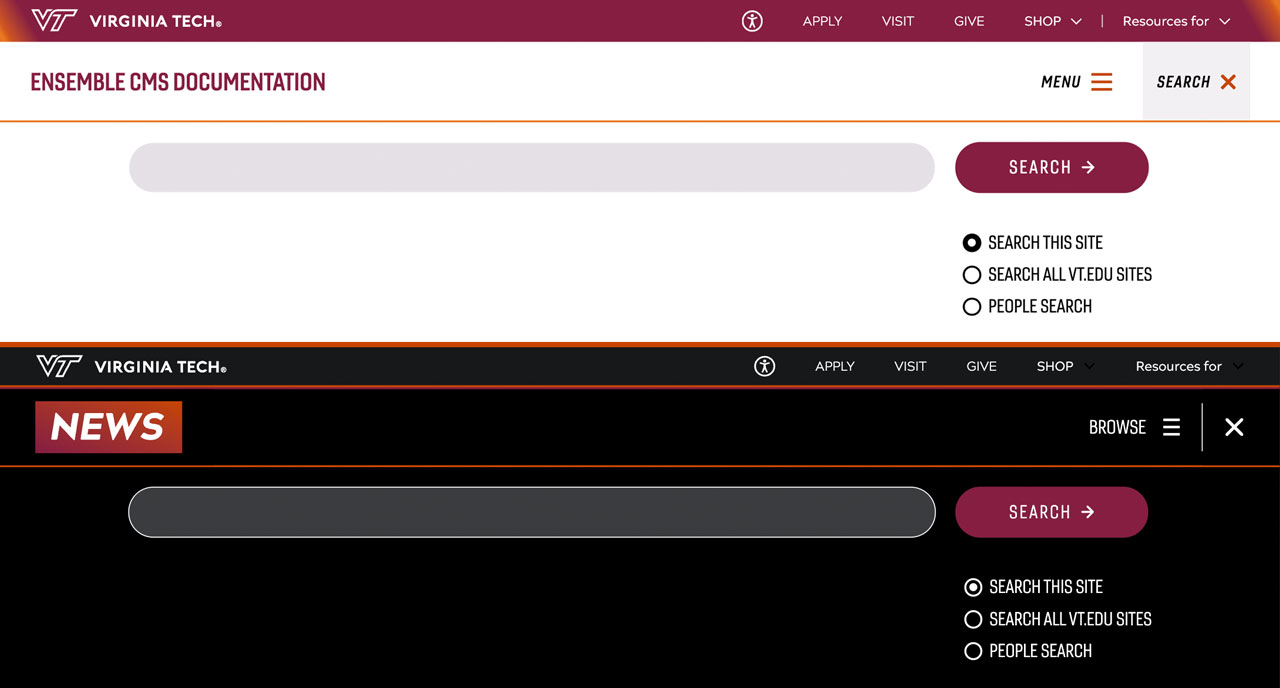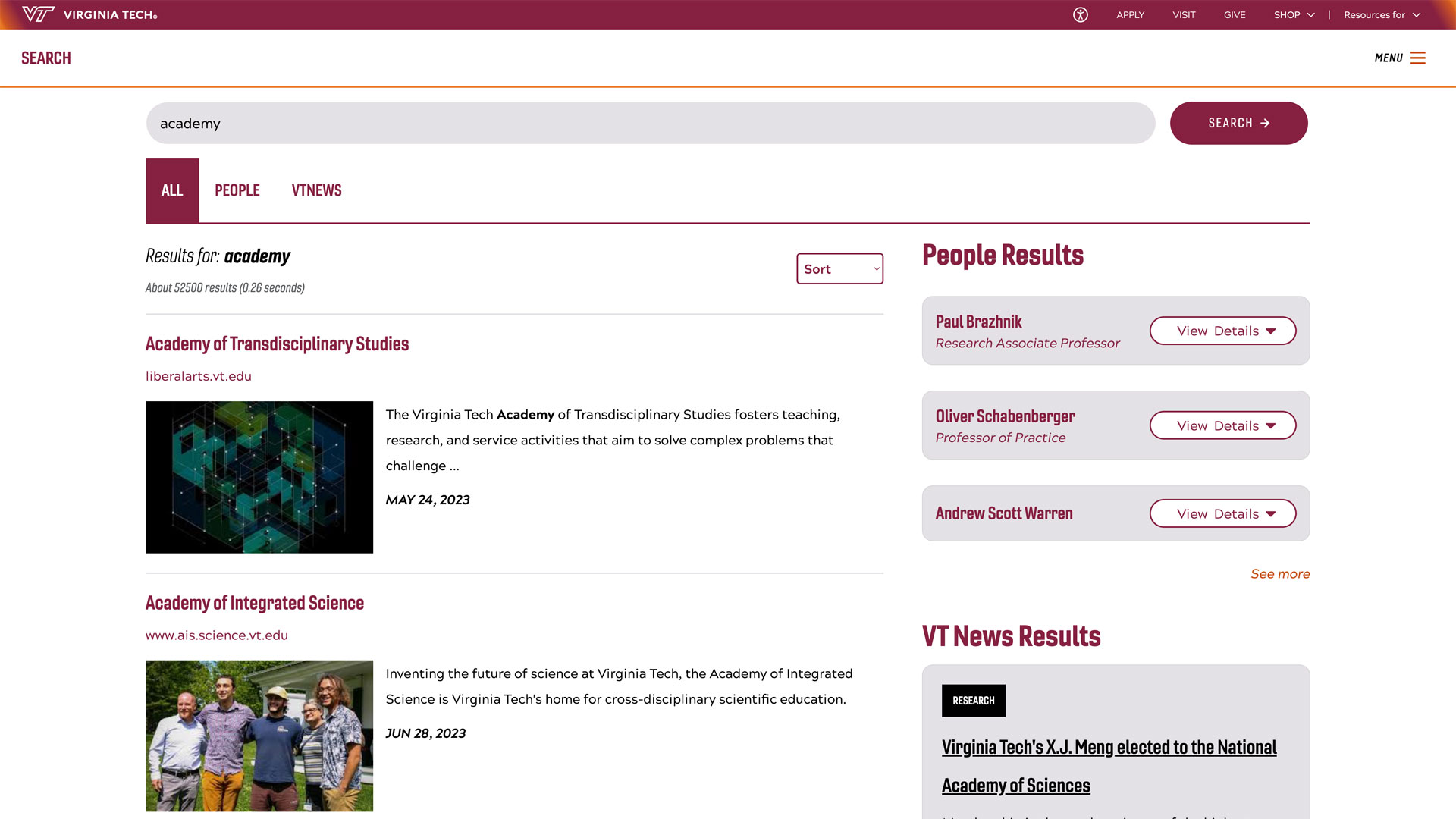
Escaping to freedom
The Dangerous Harbor: Finding Escaped Unfree Laborers in the 17th Century research project resurrects, digitizes, and illuminates the voices of indentured servants, enslaved people, and forced laborers who sought freedom through the waters of the Chesapeake Bay in colonial America.
Hands, calloused from years of forced labor, moved with deliberate precision. The waters of the Chesapeake Bay lapped quietly against weathered skin. Muscles ached from days of careful travel, nerves stretched taut like a bowstring.
Every shadow could have meant capture.
Hidden histories found
In the dusty pages of 17th century Virginia, North Carolina, and Maryland court records lies a powerful and overlooked narrative of human resilience. Funded by a National Endowment for the Humanities grant, The Dangerous Harbor: Finding Escaped Unfree Laborers in the 17th Century research project resurrects, digitizes, and illuminates the voices and struggles of indentured servants, enslaved people, and forced laborers who sought freedom through the waters of the Chesapeake Bay during colonial America’s emergence of legal, racialized slavery.
The project team’s goals are to create a comprehensive database of court records documenting escape attempts from three Virginia counties in the Chesapeake region and openly share those stories with the community, researchers, students — and the world.
To freedom
For these laborers, survival depended on absolute silence, on an intimate knowledge of the landscape that has been both prison and pathway.
In Jessica Taylor’s 2023 book "Plain Paths and Dividing Lines: Navigating Native Land and Water in the Seventeenth-Century Chesapeake," published by the University of Virginia Press, she quotes William Abram, a white indentured man who challenged the very system that confined him. His question, "Wherefore should wee stay here and bee slaves [when we] may goe to another place and live like gentlemen?" revealed the deep human desire for freedom that transcended racial boundaries.
Meet the team
- Jessica Taylor, associate professor of history and project lead
- Chreston Miller, data and informatics consultant, University Libraries
- Michael J. Stamper, data visualization designer, University Libraries
- Corinne Guimont, associate director publishing and digital scholarship, University Libraries
- Kara Long, assistant director metadata technologies, University Libraries
- Sarah McLennan, assistant professor of history, Virginia State University
An innovative approach
The Dangerous Harbor project takes collaborative approach that brings together experts from University Libraries, the College of Liberal Arts and Human Sciences, Virginia State University, the Library of Virginia, and the community-based advisory board Enslaved.org.
“Enslaved.org has continued to support the project and shape the framework of the data set and the Library of Virginia did a lot of the digitization work,” said Taylor. “Jonathan Petters and the data repository at University Libraries were also very important in long-term archiving and put a lot of work in after the grant period was over.”
Technology meets history
Miller brought his data analysis and natural language processing background to the table. Using visual and interactive technology, Miller and students majoring in computational modeling and data analytics created a social network of how people were connected in the court cases. They explored relationships between demographics, escape methods, and total escape time to generate data visualizations. They also applied natural language processing methods to understand how the language used by the courts differed from that of the laws and statutes the courts were supposed to uphold.
“The documentation is stored on microfilm, which are scans of the original, hand-written court records,” said Miller. “Just getting the data and transcribing it is a major feat. We've also applied advanced national language processing methods to early modern English, which lacked consistent grammar rules and spelling conventions, to aid in uncovering these incredible stories."
Giving voice to the voiceless
The project aims to reconstruct the stories of those who resisted enslavement and forced labor, shifting focus from wealthy enslavers to the individuals who took enormous risks to pursue freedom.
"These are not just abstract data points," said Stamper. "These are people who were wronged, punished, or killed for seeking a better life and freedom from captivity and forced servitude. The enslaved and indentured people in these records had lives, names, families, and struggles, which is putting it lightly."
“While many of these escape attempts were often temporary or unsuccessful,” said Taylor, “these are people who took enormous risks to reject an oppressive society with specific hopes for their futures – where they might live, how they might live, and who they might take with them.”
The project also uncovers how runaways built networks, found places of refuge, and challenged colonial authority. Some stories are particularly poignant – such as an Indigenous mother who fled with her two children in 1683 or Pendall, a Black woman who sailed away on a stolen boat in 1675. The 1640 capture of John Punch stands as a pivotal moment – the first Black man in North American colonies sentenced to lifetime servitude for running away while his white compatriots faced lesser punishments.
“We want to help create a new way to study the roots of racialized slavery and resistance," said Taylor. "These stories inform how we discuss the U.S. South today."
Education and outreach
The project goes beyond academic research. McLennan, of Virginia State University, focused on the project’s education and outreach. "When students view original documents from the 1600s, they gain a tangible sense of connection to the past. They also noted how technology like a searchable data set and data visualizations helped reveal new information and perspectives.” As one of her students put it, “They're giving voices to people who otherwise would not have been heard."
Long brought a critical technical perspective to the project, particularly on metadata. Long worked with Taylor and a group of interdisciplinary graduate students on collecting, arranging, organizing, aligning, mapping, cleaning, and modeling the data.
"We're not just digitizing documents," Long said. “We are creating a linked data model that makes these historical records more accessible and meaningful to researchers and students."
“I am grateful that Virginia Tech faculty and staff, particularly in University Libraries and Special Collections and University Archives, have the expertise to help us create a useful and polished online presence for future students and researchers,” said Taylor. “I am also grateful for the grant-writing expertise and advice provided over the years by the dean’s office and our Office of Sponsored Programs, which led to a successful application.”
Looking forward
The team plans to expand its research to Maryland, North Carolina, and the rest of Virginia, creating a more comprehensive understanding of resistance in the early colonial period.
The Dangerous Harbor project represents more than historical research. It's a testament to human dignity, resilience, and the struggle for freedom.
"This project is about transforming historical records into usable data and information for educational purposes, ensuring that these important stories are never forgotten. One court record at a time," said Stamper.




